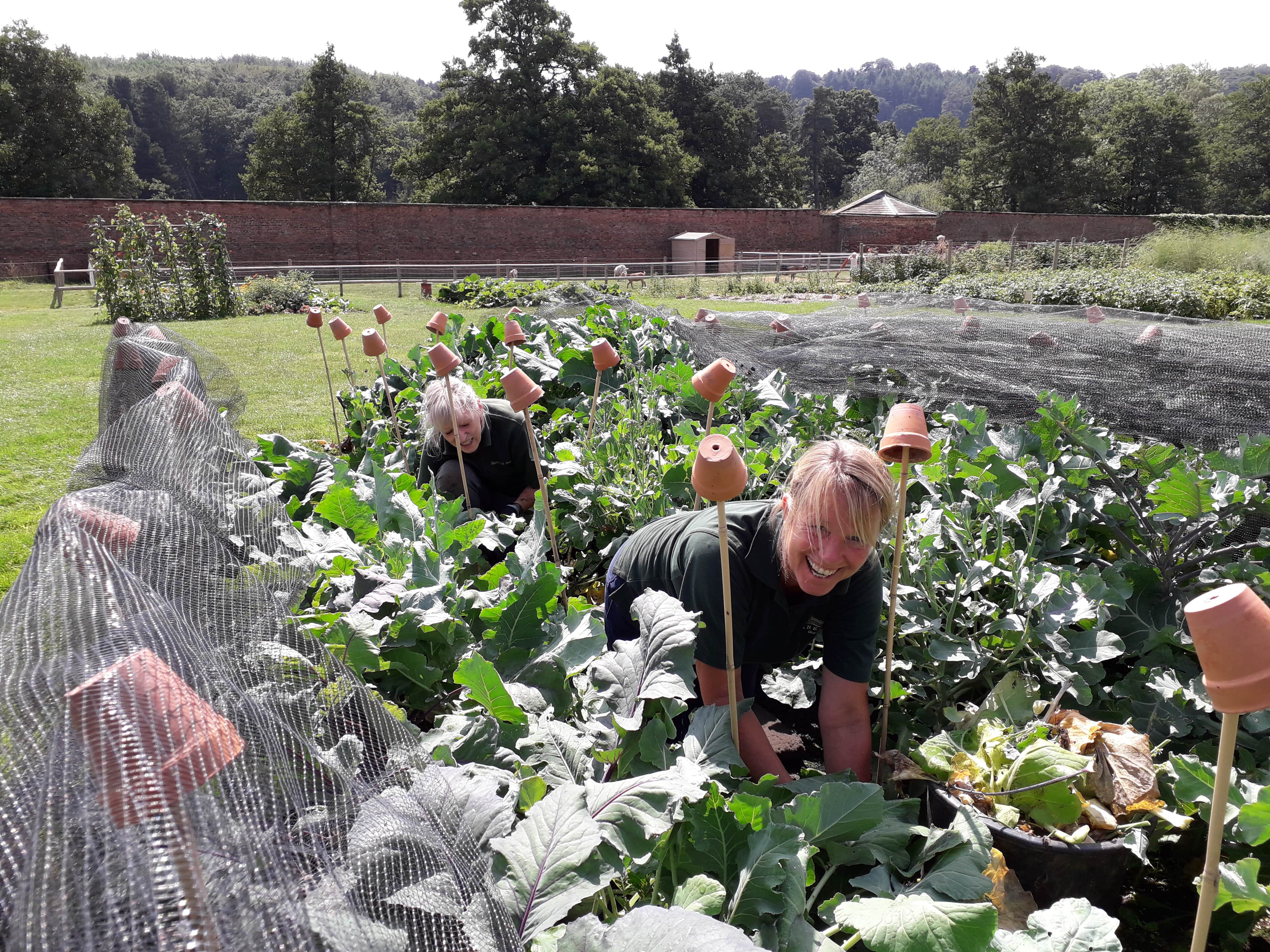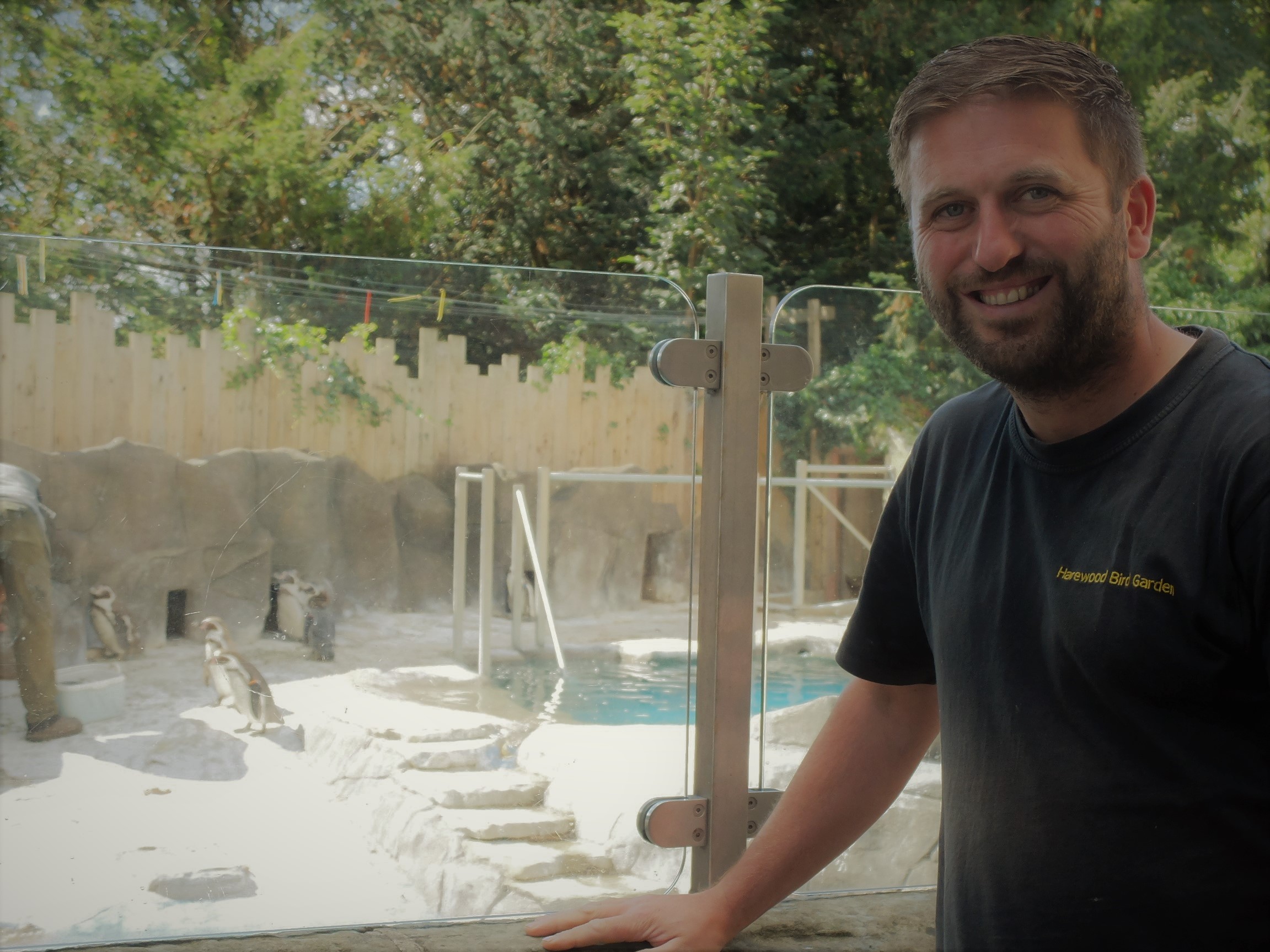 5 questions with….Nicola Stephenson, Harewood House Trust Exhibitions Producer
5 questions with….Nicola Stephenson, Harewood House Trust Exhibitions Producer
What’s the story behind Seeds of Hope?
We wanted to find a way of marking the end of the First World War, in this the centenary year, and rather than dwelling on the well-reported horrors, when we thought about what was happening at Harewood in that period, we found so many interesting stories linked to life in and around the Estate, such as keeping the local population (and Navy) fed, the House as an auxiliary hospital and the work and activities people did to lift their spirits and keep going despite their personal worries about family and the war. It soon became clear that the Walled Garden and the gardener’s Bothy had a real story to tell.
How did the Seeds of Hope project develop?
The Walled Garden lies on the opposite side of the Lake and although our visitors have always had the opportunity to go there, not many people were. We felt they were missing the chance to see a very magical part of Harewood and that there was an opportunity to bring both outdoor and indoor spaces to life. For that we needed some real creativity.
We had been aware of Lord Whitney and their work in Leeds and beyond for some time. A collaboration of young creative directors, many of us had seen their highly acclaimed immersive work at Leeds Town Hall, The World Beneath the Woods, and we loved the approach of creating an immersive environment to tell a historical story and to bring this project to life, so that it could appeal to young and old. And what they have created has really transformed the space for the good.
Tell us more about the process of the collaboration?
Rebekah Lord and Amy Whitney make up the creative duo of Lord Whitney, in addition to a team of exceptionally talented artists, musicians and set designers, including Buffalo who created the soundscape. They first came to Harewood in the winter, when it was cold and the garden was empty and looking huge and the Bothy had not been converted – a daunting introduction! Over the following months they developed and presented their vision, through research and conversations with people such as Head Gardener Trevor and Rebecca Burton in our Collections department. A narrative began to emerge based on the historical research but telling the Seeds of Hope story through a number of characters. In addition, they developed a layout for the garden, stocked with heritage vegetables, goats and chickens, encouraging visitors to step back in time to a 100 years ago.
The visual and audio soundscapes (based on a song of the time called The World is Waiting for a Sunrise) were created for the Orchard and the old green houses, planted with 1,269 sunflowers, representing the number of soldiers treated in the hospital during the war. The music shows how sound can transform a space and has surpassed our imagination and that of our visitors.
As we uncovered more stories about the time, through callouts to the local community and through research, we could see Lord Whitney become completely absorbed with the stories, and whilst this is a work of fiction, it is very much based on historical fact.
What did you learn working in this way?
This has been a completely new challenge for the Trust, as it’s the first time we have worked across all the different collections in this way; Collections, Gardens, Farm and animal management and practical matters to do with accessibility. It has been a real collaboration with new experiences and responsibilities for everyone. And it’s a long and living exhibition, which means that there is constantly work to do to keep it looking fresh and appealing.
We’ve also learnt a great deal about our capabilities…there has been an exceptional level of team work and contribution from our volunteers in planting 12,000 Cosmos plants and hundreds of sunflowers in a heatwave.
What are your highlights?
- Standing in the orchard and listening to the music that seems to flow from the trees, it’s poignant and moving and yet very peaceful.
- Standing in Mr Leathley’s office, looking out of the window and seeing his collection of bird books and seeds drying out and the view that he had over his garden. The level of detail is lovely and you get a real sense of stepping back in time.
- Learning more about this period of history and how it relates to Harewood – the social history stories are fascinating.
 Heritage Fruit & Vegetables
Heritage Fruit & Vegetables



